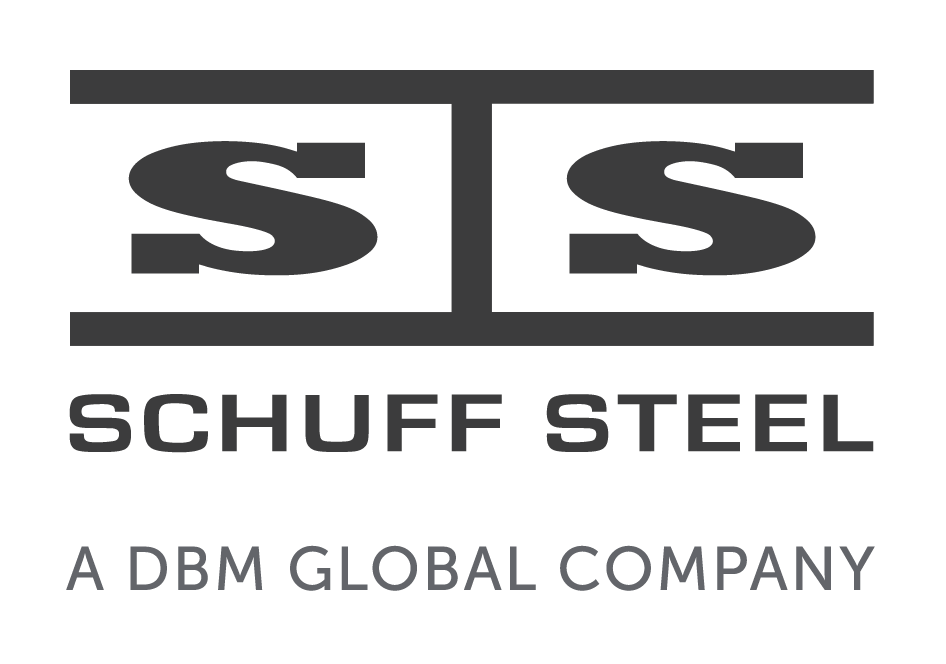Planning for field efficiency
Our preconstruction methodology ensures a seamless integration of our innovative solutions with our weathered experience to address critical needs for the success of a project. Through our proactive approach during the preconstruction and design assist
phase, we ensure the most constructible and cost-effective design that drives risk out of the field. Informed by our decades of building expertise, our detailed plans result in a safely executed project with budget and schedule certainty.
Our preconstruction methodology ensures a seamless integration of our innovative solutions with our weathered experience to address critical needs for the success of a project. Through our proactive approach during the preconstruction and design assist phase, we ensure the most constructible and cost-effective design that drives risk out of the field. Informed by our decades of building expertise, our detailed plans result in a safely executed project with budget and schedule certainty.
Innovative minds &
advanced technologies
Utilizing BIM and advanced technologies, our preconstruction team pairs their knowledge and expertise with project complexities at the schematic stage while considering design, project management, material procurement, steel fabrication through to steel erection.
We support the design team by providing a transparent process to safely stay on point with project milestones, maximize collaboration and eliminate scope gaps. We offer:
- Enabling key project stakeholders to make informed decisions with real time costs and data
- Design Assist and value engineering for the most economical and efficient approach.
- Model-based estimating for accurate estimates and piece counts
- Collaboration with the AOR and SEOR to create comprehensive construction documents
- Constructability planning
- Careful identification of potential cost and schedule risks
- Identification of modularization and pre-assembly opportunities to lower field costs and increase speed of erection
- Assistance with selection of the best technical trade partners such as Detailers, Connection Design Engineers and Erection Engineers
- Proactive review of safety considerations from earliest planning stages to mitigate potential risks
- Clash detection and early coordination with other trades – MEP, decking, precast, vertical transportation, stairs, concrete, joists, curtainwall suppliers
- Development of preliminary detailed steel schedule and sequencing
- Field preconstruction services to stay ahead of the site logistics
- Constructability planning
- Planning for crane sizing and locations
Additionally, the project team also has access to Schuff’s Visualizer, a unique web-based tool enabling all stakeholders a 3D view of the project. Integrated continuously with Schuff Steel’s detailing and production systems, Visualizer enables the real-time visualization of deliverables on a project.
Creating and Maintaining
the Project Budget
Throughout the project, our clients receive real-time budgeting and forecasting reports that are closely interfaced with our Preconstruction Log to ensure that budgets are being maintained for all scopes. We maintain project budgets by:
- Developing a specific steel procurement strategy to avoid future material escalation costs
- Providing input on material grades, profile sizes and availability
- Reviewing material purchases for efficiency and mill casting schedules
- Establishing budgets and providing detailed estimates
- Defining scope and eliminating gaps
One of the premier steel fabricators in the country
Schuff Steel became involved in the early stages of our project and played a vital role in preconstruction coordination and planning. As a result of their early involvement and foresight regarding the specific conditions of the project, they were able to meet the demands of an extremely aggressive project schedule. Schuff Steel was continually able to adapt to constant design change and provide a quality product on extremely short notice without delaying the schedule. Their professionalism and dedication helped us reach a completion date over one month ahead of schedule. Their ability to excel on a project that presented continual design and schedule challenges demonstrates that they are one of the premier steel fabricators in the county.
Brock T. Eubanks, Lead Project Manager, Manhattan Construction

